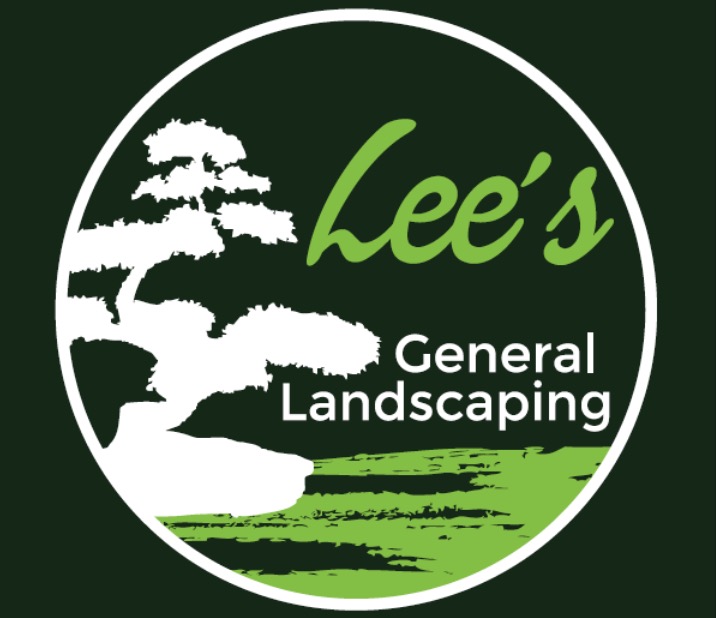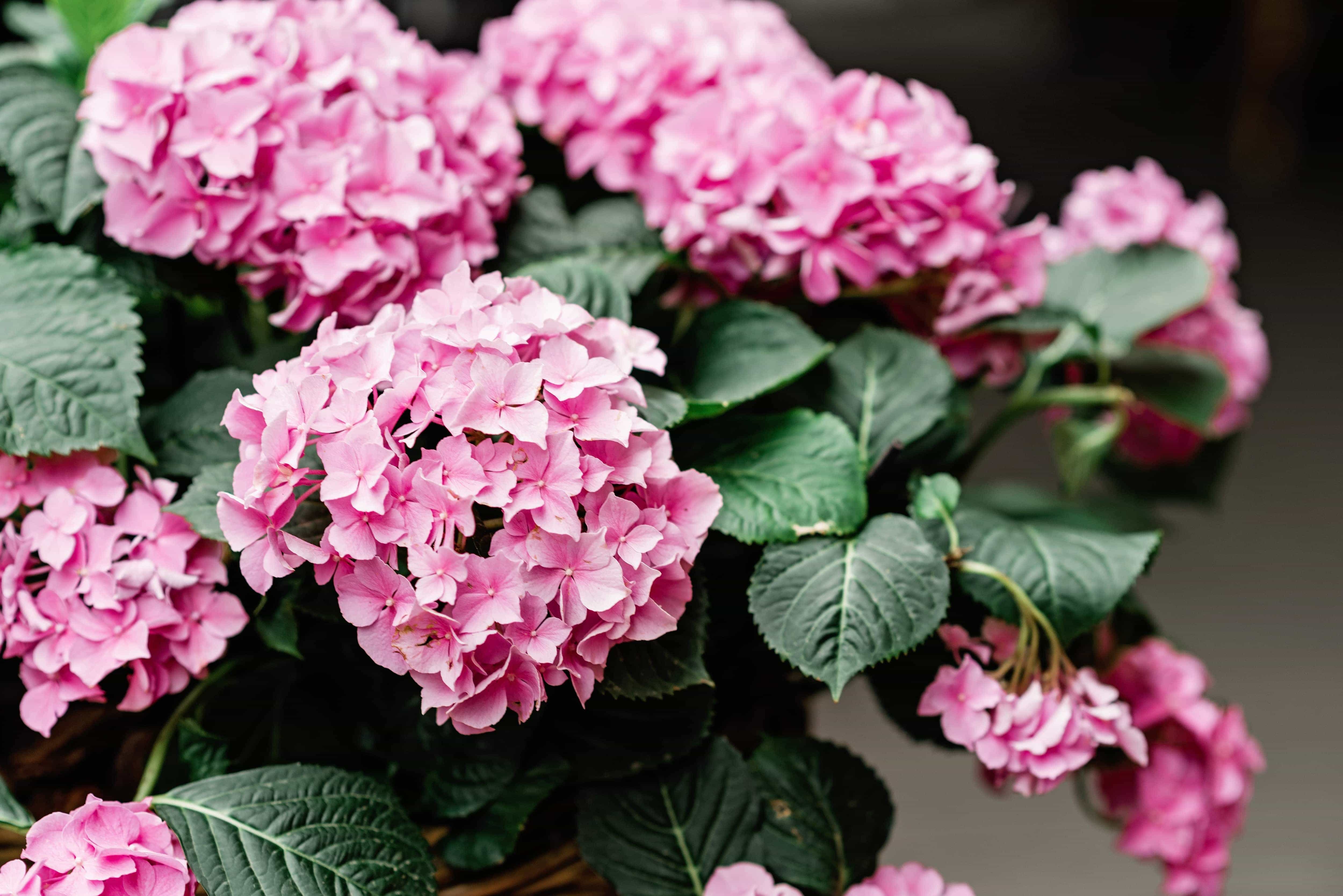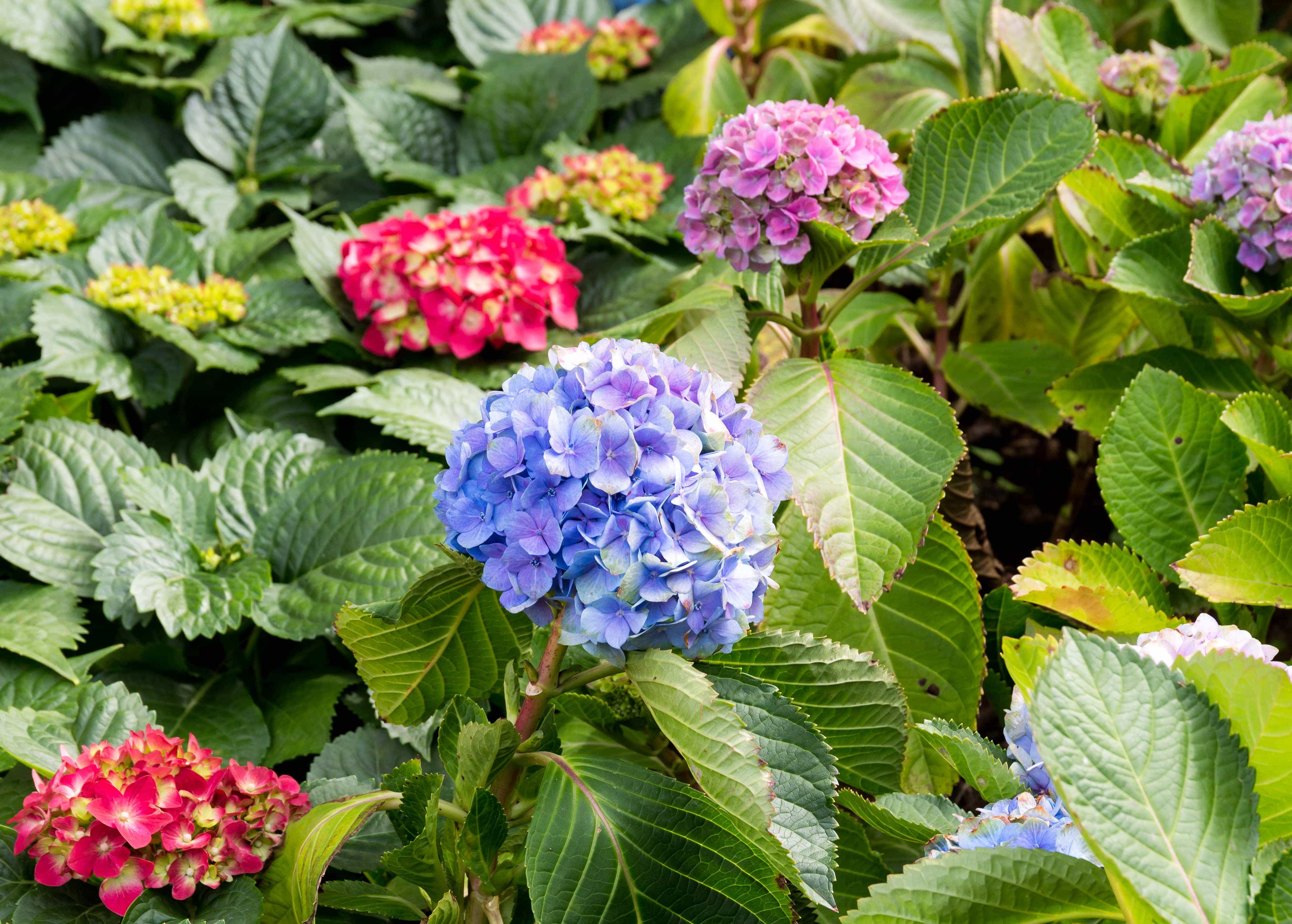Hey there, Mr. Lee from Lee’s General Landscaping here! Keeping your Seattle lawn looking lush and green isn’t just about watering and mowing. Like any living thing, your grass needs the right “meal” to really thrive. Let’s talk about giving your lawn the proper nutrients, choosing the right fertilizer, using the best techniques, and switching up your approach as the seasons change.
The Nutrients Your Lawn Craves
Your grass needs a healthy balance of three main nutrients: nitrogen, phosphorus, and potassium.
- Nitrogen (N): Think of this as the “green-up” nutrient. It helps your grass grow thick, green blades that fill in nicely and crowd out pesky weeds.
- Phosphorus (P): This one goes straight to the roots—quite literally. Phosphorus is all about strong root development, which is especially important if your lawn is just starting out or needs to bounce back after stress.
- Potassium (K): Consider potassium your lawn’s stress manager. It helps your grass handle Seattle’s occasional heat waves, makes it more disease-resistant, and toughens it up against wear and tear.
By understanding these three nutrients, you can pick a fertilizer that gives your lawn exactly what it needs.
Picking the Right Fertilizer
Organic vs. Synthetic
- Organic: These come from natural sources like compost or manure. They’re great for the long haul, improving soil health over time and releasing nutrients slowly. But you’ll need patience to see results.
- Synthetic: If you want a quick boost, synthetic fertilizers deliver fast, consistent results. Just be careful not to overdo it—you can actually harm your soil in the long run if you rely on them too heavily.
Slow-Release vs. Quick-Release
- Slow-Release: This option feeds your lawn gradually, giving a steady supply of nutrients. You’re less likely to burn the grass, and you won’t have to apply it as often.
- Quick-Release: Perfect if you’re hosting a summer barbecue next weekend and need to green things up fast. Just follow the instructions closely so you don’t overapply.
The right choice depends on how quickly you want to see changes and how hands-on you want to be with lawn care.
Applying Fertilizer Like a Pro
Spreading It Evenly
- Broadcast Spreader: Best for big lawns, it sprays fertilizer over a wide area quickly.
- Drop Spreader: More precise, ideal for smaller lawns or areas where you need to be careful (near flower beds, patios, or garden paths).
Timing and Frequency
- When to Apply: Early morning or late afternoon is best. That way, you avoid the midday sun, which can cause the fertilizer to dry out before it soaks in.
- How Often: A typical Seattle lawn might need fertilizing about 4-6 times a year. But if you’re using a slow-release product, you might only need to apply it every few months.
- Water After: Give your lawn a light watering after spreading fertilizer. This helps the nutrients soak in and prevents them from washing away.
Feeding Through the Seasons
Seattle’s mild, wet climate affects when and how you feed your lawn. Adjusting your fertilizer approach each season helps keep your grass looking its best all year.
Spring:
- Why: Wake your lawn up after winter with a boost of nitrogen for quick green growth.
- When: Early spring as temperatures warm up.
Summer:
- Why: Maintain health and resilience during longer, drier days.
- What to Use: A slow-release blend with moderate nitrogen and higher potassium to help with summer stress.
- When: Early summer, and avoid over-fertilizing during hot, dry spells.
Fall:
- Why: Help your lawn store nutrients and strengthen roots before winter.
- What to Use: A fertilizer lower in nitrogen but richer in phosphorus and potassium to focus on root growth.
- When: Early to mid-fall, before the cool, wet season sets in.
Winter:
- Why: In our region, many lawns go dormant, so heavy fertilizing isn’t usually needed. But a light application may help some grasses stay healthy and bounce back quickly in spring.
- What to Use: A low-nitrogen, high-potassium formula if you choose to fertilize at all.
- When: Before the first freeze for warm-season grasses. Most Seattle lawns can skip this step if they’re cool-season types.
Wrapping It Up
Fertilizing might seem like an extra chore, but trust me—it’s worth it. The right blend of nutrients at the right time can turn a “just okay” lawn into a gorgeous green carpet. Keep in mind your grass type, how quickly you want results, and what our Seattle seasons throw at you. If you ever need help figuring out which fertilizer to use or when to apply it, just give me a call at Lee’s General Landscaping.
When we roll out your new lawn, we trust JB sod because it’s like picking the perfect carpet for your living room—soft, sturdy, and made to last. JB’s been growing high-quality grass in the Northwest for decades, ensuring that every patch is lush, vibrant, and ready to thrive in our Seattle weather. It’s a simple way to give your yard the reliable, beautiful foundation it deserves.









.jpg)














